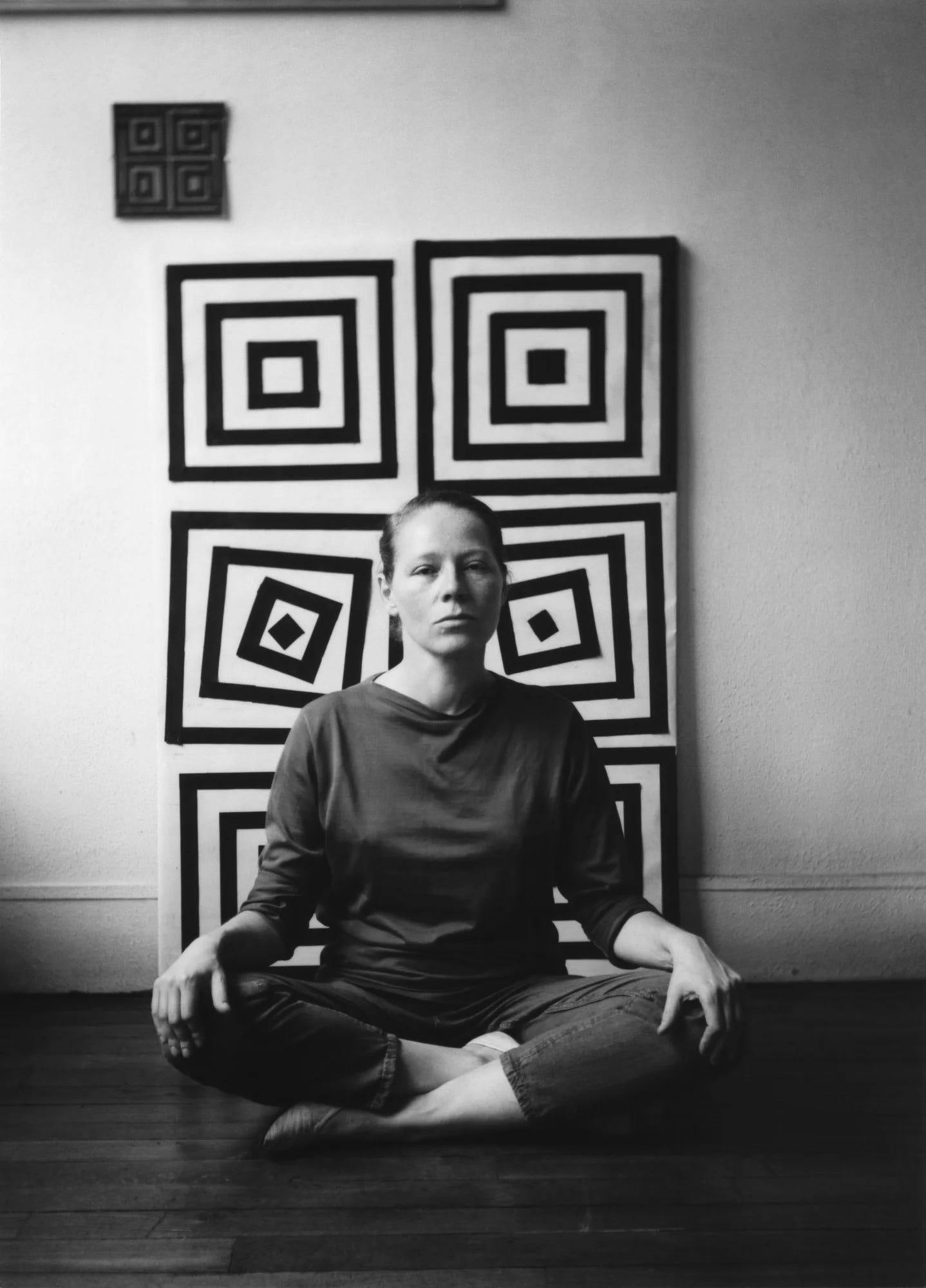
Generative Technology Beyond Art
Generative technology will be applied beyond web3 art – to fashion, music, architecture, product design, virtual worlds, etc.
Thesis: It is underappreciated that generative technology will be applied beyond web3 art / art on the blockchain. Much like how the Renaissance, also inspired by math & nature, had broad influence, generative tech will extend its reach – to fashion, music, architecture, product design, virtual worlds, etc.
The computer has been gaining societal importance since the 1950s. Coinciding with this, artists have been experimenting with generative art – the form of art characterized by the use of algorithms and computer programs to create artworks. Early pioneers like Vera Molnár, Ben Laposky, and George Nees merged mathematical precision with artistic expression, showcasing how algorithms could generate complex and visually intriguing patterns and shapes.
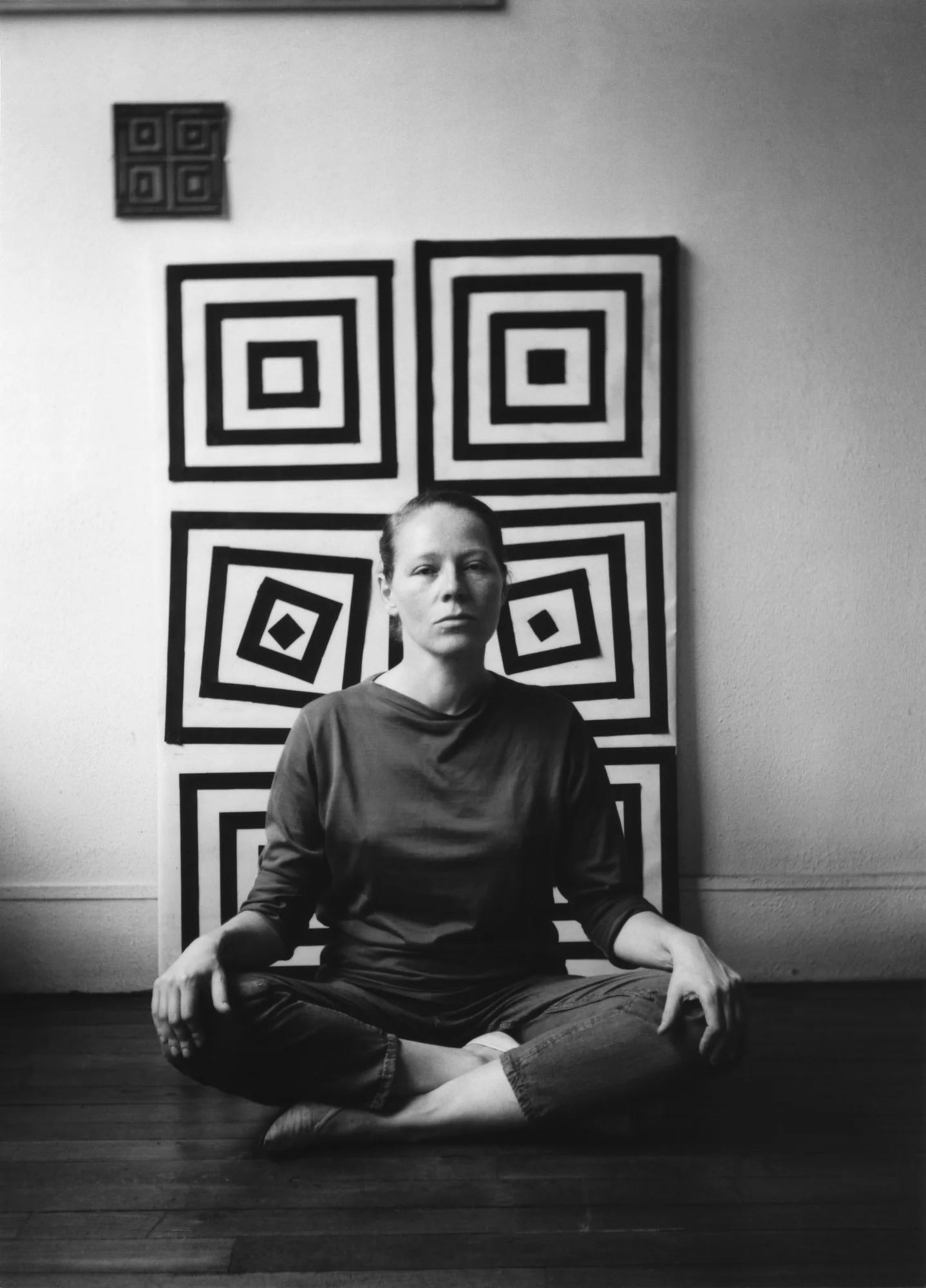
Initially met with skepticism, generative art challenged traditional notions of artistic skill and creativity. The art community questioned whether it could truly be considered “art,” while elite critics outright dismissed generative art, claiming “the computer has no role in the art world.”
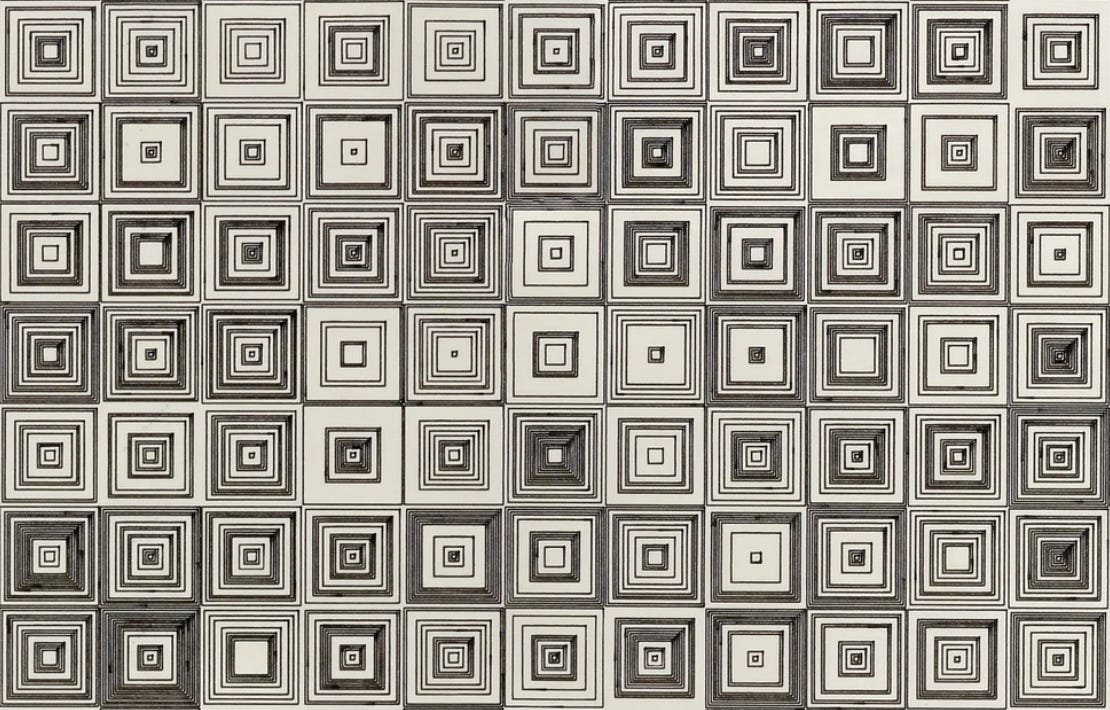
As digital technology transformed our lives, generative art gained acceptance and recognition. In 2021, generative art found “product-market-fit” in the context of being minted as Non-Fungible Tokens (NFTs) on the blockchain. Beyond financial speculation, the drivers behind this were blockchain-based generative art enabling people to: 1/ prove ownership of unique digital pieces and, thus, create scarcity and demand, 2/ showcase and transfer unique digital pieces to a global audience. Today, generative art is firmly established in the mainstream art world via its embrace from major institutions like LACMA, MoMA, Centre Pompidou, Uffizi Gallery, Pace Gallery, Christie’s, Sotheby’s + the success of artists like Tyler Hobbs, Dmitri Cherniak, Refik Anadol.
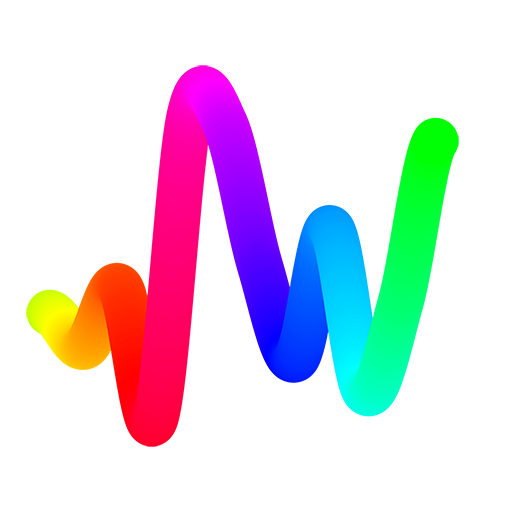
It’s increasingly clear to me that generative art is the art form of this decade. Art is ultimately a reflection of our environment and society – a society in which computers are a dominant force. Yet, no globally recognized artistic movement has been technology-centric. Generative art fills this gap. Indeed, the history of art and culture is full of examples of subcultures that became the culture decades later (in this case, the time between the 1950s and 2020s!).
The Renaissance was a pivotal period in European history (14th - 17th century) that marked a profound cultural and intellectual rebirth. Several key events catalyzed the Renaissance: the invention of the printing press in 1440, the Fall of Constantinople in 1453, and the Black Death through the 1400s. Downstream of this was a renewed interest in science, mathematics, and the natural world, the most visible impact of which was in art. In particular, the development of linear perspective, a technique for creating an illusion of depth on a flat surface, was a mathematical achievement as much as an artistic one.
Artists like Filippo Brunelleschi and Leon Battista Alberti applied geometric principles to create more realistic and proportionally accurate depictions, while Michelangelo and Leonardo da Vinci broke ground with the “Golden Ratio,” applying complex math to architecture and sculptures.
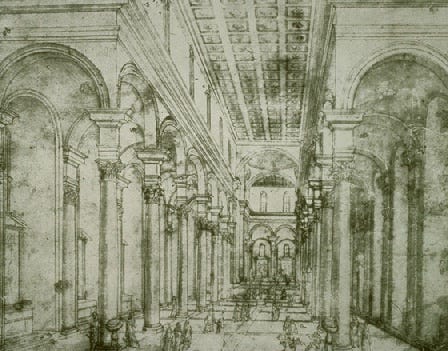
The Renaissance is possibly the most fitting historical parallel to the generative art movement for several reasons:
Innovation: The Renaissance marked a profound shift with the introduction of new technologies like the printing press and advancements in materials and methods. Similarly, generative art embraces the internet, blockchain/NFTs, and computational methods.
Fusion of Art and Science: The Renaissance saw art and science as interconnected disciplines, as exemplified by Leonardo da Vinci. Similarly, generative art is an amalgamation of coding, algorithmic complexity, and aesthetic expression.
Patronage: The Renaissance saw patrons like the Medici family play a crucial role in supporting artists. Similarly, communities like Proof, DAOs like SquiggleDAO, and individuals like Punk 6529, Cozomo de’ Medici, and TokenAngels have emerged as modern patrons, shaping the trajectory of generative art through their collections, social media presence, and community engagement.
Democratization of Art: The Renaissance saw the democratization of knowledge through the printing press. Similarly, generative art is part of a broader trend of democratizing art creation and ownership.
Rebirth: The Renaissance was a period of intellectual and artistic exploration and expansion. Similarly, generative art pushes the boundaries of artistic possibility, explores new forms of expression, and challenges our understanding of creativity, authorship/attribution, and ownership.
The historical parallels between generative art and the Renaissance provide a framework for understanding the potential impact generative technology will have. Just as the Renaissance profoundly influenced art, architecture, science, and culture, I envisage generative technology will also extend far beyond just art (it already is!).
Fashion: Platforms like Refabric allow designers to input keywords, fabrics, or even existing garments and generate new patterns with unique prints, textures, and silhouettes. Tools like CLO and Marvelous Designer simulate fabric draping and garment behavior on virtual models, allowing designers to iterate quickly, visualize designs in 3D, and optimize fit before physical production, saving time and resources.
Music: Tools like Stable Audio can create custom-length music and new sounds and textures by describing them, providing musicians and producers with new inspiration and creative pathways. Music can be tailored to individual listeners’ preferences, moods, or activities and transform live performances with real-time music generation and manipulation.
Architecture: Tools like Karamba3D enable architects to explore and iterate on complex shapes and structures and design buildings that are aesthetic, structurally optimized, and environmentally responsive. Advancements in 3D printing, coupled with generative tech, enable the creation of complex, customized architectural elements and even entire buildings, opening the door for personalized design and on-site construction.
Product Design: Using algorithms to explore various design possibilities, designers can achieve optimal solutions that balance form, function, and sustainability. This is particularly valuable in industries where performance and material efficiency are crucial, like automotive and aerospace.
Virtual Worlds and Gaming: Games like Minecraft use algorithms to create complex, ever-changing environments and experiences, making each user's experience unique. Tools like Holodeck will help enhance visual and interactive aspects and create dynamic narratives and experiences that adapt to the user's actions.
The Renaissance left an indelible mark on history, and there’s no doubt in my mind that generative technology will match, if not surpass, its impact, shape the future of multiple industries, and change how we interact with the world around us.
As a pre-seed investor, I am grateful to have backed companies accelerating this trend, including Stability AI (open-source foundational AI models), SquiggleDAO (NFT art DAO focused on Art Blocks’ Chromie Squiggle), StoryCo (DAO using character NFTs to create story-based IP), Spawning (tools for artists to own and manage their AI training data), and Trame Paris (luxury generative manufacturing platform).
I am excited to continue supporting early-stage, passionate teams experimenting on the edges, particularly those focused on open-source AI, data sovereignty, community as a moat, and uniquely crypto-enabled luxury and consumer experiences. Please don’t hesitate to DM on X if any of the above resonates.

Practicing clarity of thought! –– wrote out some ramblings today on the parallels between generative art and the Renaissance, and applications of generative tech beyond just art – to fashion, music, architecture, product design, virtual worlds, etc. https://paragraph.xyz/@antavedissian/gen-art